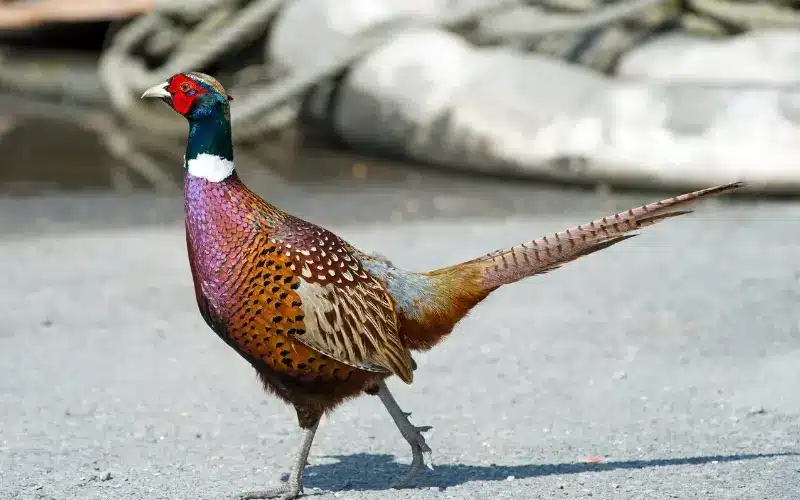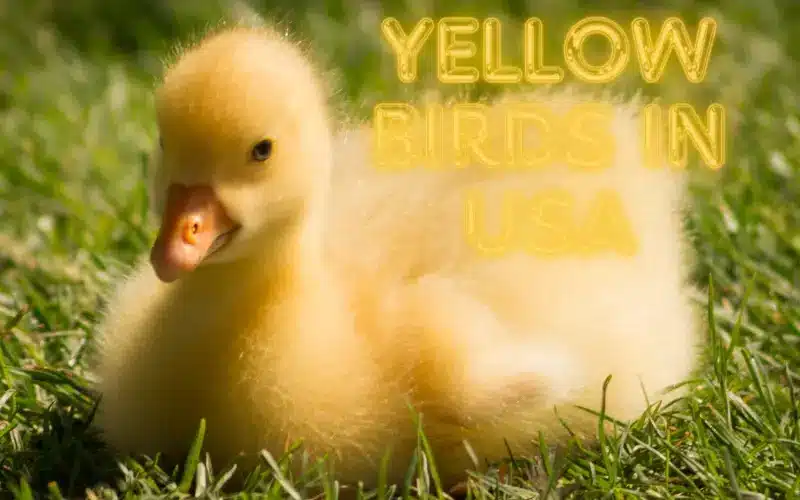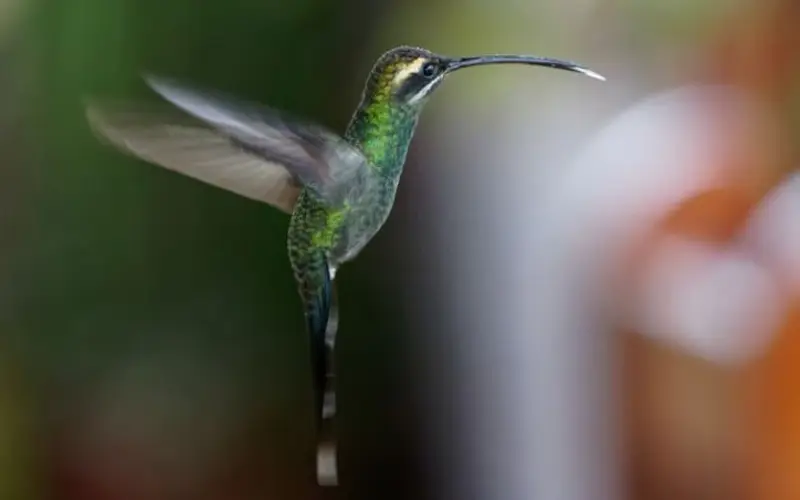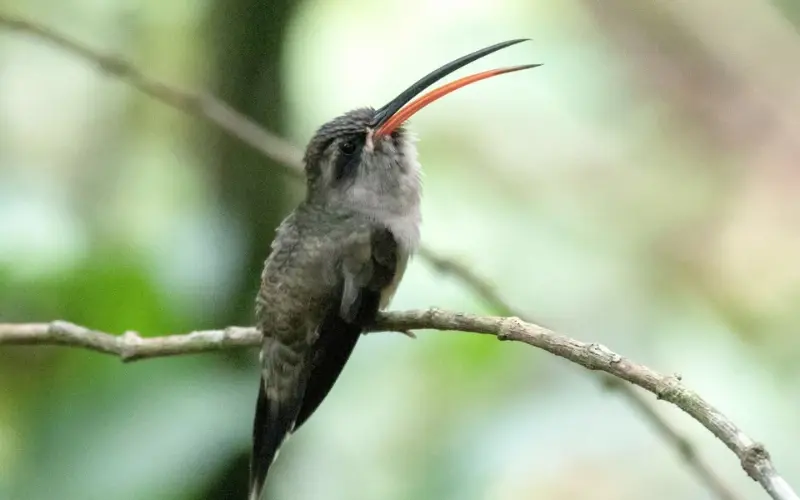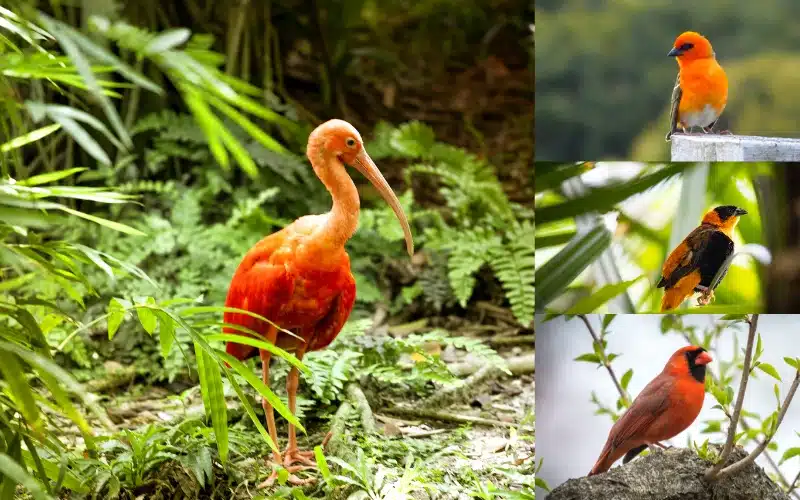The Ring-necked pheasant, scientifically known as Phasianus colchicus, is among the most striking and well-known bird species in the world. These birds are renowned for their vibrant plumage and distinctive ring around their necks. In this article, we will delve into the fascinating world of ring-necked pheasant, exploring their physical characteristics, behavior, conservation status, cultural significance, and more.
Physical Characteristics of Ring-necked Pheasant
Ring-necked pheasant boasts an array of stunning physical features. Their plumage varies greatly between males and females. Male pheasants, known as roosters, exhibit brilliantly colored feathers, with hues of iridescent greens, blues, and reds adorning their bodies. The most iconic feature of the male is the glossy, emerald-green head and the prominent white ring around their necks, from which they derive their name. Females, on the other hand, have more muted plumage, primarily brown with darker markings, providing excellent camouflage in their natural habitats.
In terms of size, ring-necked pheasants are relatively large birds, with males typically measuring around 90 centimeters in length, including their long, elegant tails, while females are slightly smaller.
Behavior and Diet
Ring-necked pheasants are omnivorous birds with varied diets. They primarily feed on grains, seeds, and small invertebrates found in their habitats. During the breeding season, males engage in elaborate courtship displays to attract females, including strutting, wing-flapping, and vocalizations. Once paired, females construct nests on the ground, where they lay a clutch of eggs.
These birds are often found in small flocks, especially during the non-breeding season. They exhibit complex social behaviors, with dominance hierarchies established within groups.
Conservation Status
Despite their once-widespread distribution, ring-necked pheasant populations have faced significant declines due to habitat loss, predation, and hunting pressure. However, concerted conservation efforts, such as habitat restoration and predator control programs, have helped stabilize populations in certain areas.
Hunting and Recreation
Ring-necked pheasants are highly sought after by hunters for their challenging behavior and delicious meat. They are a popular game bird in many parts of the world, contributing to local economies through hunting-related tourism and the sale of hunting licenses.
Cultural Significance
Throughout history, ring-necked pheasants have held cultural significance in various societies. In some cultures, they symbolize fertility, prosperity, and good fortune. Additionally, these birds feature prominently in folklore and traditional stories, often revered for their beauty and resilience.
Threats and Challenges
Despite conservation efforts, ring-necked pheasants continue to face threats from habitat loss, predation by invasive species, and changes in agricultural practices. Maintaining and enhancing suitable habitats remains crucial for their long-term survival.
Management Strategies
To address these challenges, conservation organizations and governmental agencies implement various management strategies, including habitat restoration projects, predator control measures, and sustainable hunting practices.
Future Outlook
While ring-necked pheasants still face significant challenges, there is hope for their future. With continued conservation efforts and public awareness, these iconic birds have the potential to thrive once again in their natural habitats.
Conclusion
Ring-necked pheasants are not just birds; they are symbols of resilience, adaptability, and the intricate relationship between humans and the natural world. By understanding and appreciating these magnificent creatures, we can work together to ensure their survival for generations to come.


